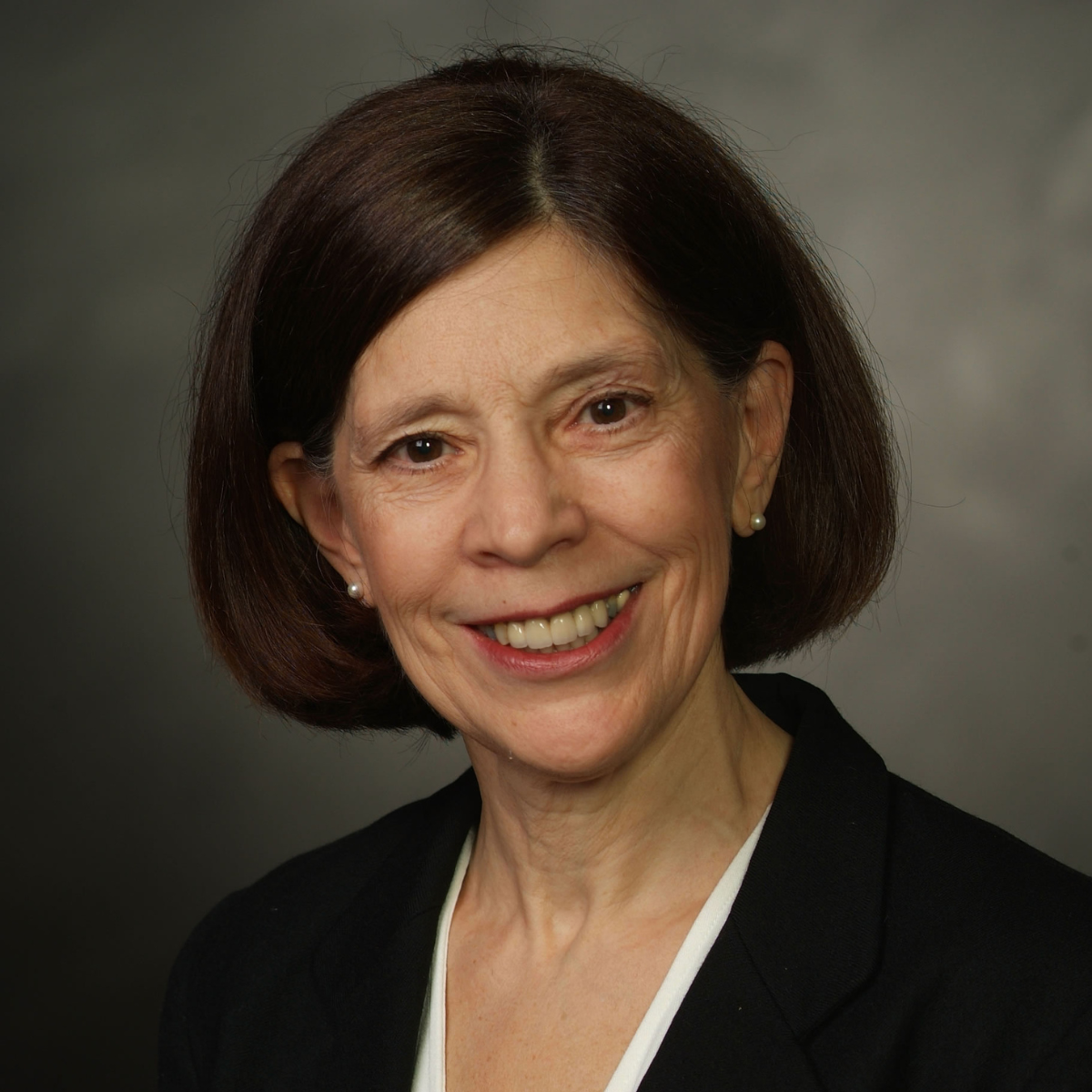Preachers are not a favorite subject for visual artists over the Christian millennia, but there are depictions worth our attention.
Just as artists use a particular iconography to make the subjects of their religious work quickly identifiable to viewers, there is a kind of iconography of preachers that occurs again and again. Iconography in this sense refers to:
- the common colors (Mary, the mother of Jesus in blue or St. Peter in a golden yellow robe);
- postures, facial characteristics (for instance, Joseph always shown bearded and a bit older);
- symbolic “props” (e.g. lilies, arrows, keys) that frequently help us identify certain characters visually.
The iconography for preachers, their most consistent identifying mark, is the posture of a rhetorician. Preachers from ancient to contemporary times are often shown with one hand stretched out and a bit upward to indicate that they are speaking with some energy. In such diverse pictures as St. Paul by Raphael and Le Sueur, an etching of Luther preaching at Wittenberg and Benny Andrews’ 1994 work entitled “Preacher,” preachers have one hand held up and another out. The upraised hand seems almost to grasp meaning from the air–or the heavens–and convey it along the arc of the outstretched arms into the world of the hearers.
A classical rhetorical posture set a tone for interpretation of St. Paul as preacher and for many portrayals of preachers that followed. In the first century bronze statue of an orator shown here (Figure 1), the standard pose is struck. Note the similarity between the position of this speaker and the mosaic St Paul from twelfth century Norman Sicily (Figure 2). The pervasiveness of this iconography for preachers can be seen both in its longevity and its widespread use. Note the statue of St. Paul from St. Paul Cathedral garden in London (Figure 3) whose one arm and hand are outstretched like an orator/preacher and whose opposite hand holds a sword, representing the work of the Spirit (Ephesians 6:17). A close-up of Paul with outstretched arm can be seen in the statue from the front of St. Peter’s in Rome (Figure 4). When Raphael paints Plato in conversation with Aristotle, a similar gesture indicates that he is speaking (Figure 6). Raphael also provides a painting of Paul preaching in Athens, in which he holds both arms up, suggesting great intensity of address to the crowd (Figure 5).
When Martin Luther is pictured as a preacher during the sixteenth century, his gestures are similar. Later painters in a traditional style pick up the same “preacherly” iconography. There is no surprise in this: it is through this posture or body language that we can recognize a preacher or orator. See, for example, le Sueur’s 1649 Paul (Figure 7)
William Hogarth uses the uplifted arms of the preacher to point satirically to the preacher’s passion and energy turned toward denunciation. He likewise plays on the convention of the raised “preacherly” arm precisely by abandoning it, to show a dull sermon that engages neither preacher nor his audience. (See Figure 8 and Figure 9 below.) These engravings are part of Hogarth’s harsh picture of preaching as operating at one of two ends of a spectrum: sleepy irrelevance or dangerous zeal.
Increasing the dynamism of the rest of the body, the energy and passion of the preacher is taken to new heights by the twentieth century American painter Jacob Lawrence. Lawrence presents the preacher in the most powerful way possible, (Figure 10 and Figure 11) showing how he creates an imagination of a different reality for his congregation. In a 1989 series on Genesis and creation, Lawrence paints a number of scenes where a brilliantly robed preacher is front and center, seeming almost to dance his words and God’s world into being. Just beyond the church windows, outside of the drama experienced between preacher, congregation, and biblical word, creation again takes shape, green and fresh. Yet notice how classically the preacher holds the book in one hand (cf. Plato by Raphael, e.g.) and gestures enormously with the other. Notice how the black shod toe of the preacher points toward windows where creation is happening even as he speaks. The body moves here.
There are, of course, some exceptions to this kind of portrayal of preaching. Two intriguing examples are offered in the depiction of John Calvin preaching (Figure 12). He stands at a table surrounded by attentive men whose attention is caught by Calvin’s hand (at the very center of the picture) which points to the Bible. Both the heavenward gesture and a gesture of calling hearers to attention are subsumed in the book-ward gesture. The Bible is for Calvin, the place to know God. Study is more important than rhetoric.
Like Calvin, John Biggers shows us a preacher utterly still (Figure 134). At a time in the life of his people when words will no longer be audible and seem powerless, the preacher is present, turning both to his congregants and to the viewer of the painting, holding a candle. In opposition to the roaring flames that destroy community, the candle wordlessly summons eyes, minds, and hearts to a new hope. The task of the preacher here is to shield the symbol of hope in order to share it.
Figure 1 – back to article

First-century BC bronze statue of Roman orator. (VRoma: Archaeological Museum, Florence: Barbara McManus). Found at: www.the-romans.co.uk/education.htm
Figure 2 – back to article

Mosaic from Capella Palatina (Palermo) St. Paul preaching. www.thejoyofshards.co.uk/visits/sicily/palatina
Figure 3 – back to article

Statue of Saint Paul in Saint Paul Cathedral garden, London. commons.wikimedia.org/wiki/Image:London_Statue
Figure 4 – back to article

St. Paul in front of St. Peter’s, Rome. commons.wikimedia.org/wiki/Image:Saint_Paul
Figure 5 – back to article

Raphael. Carton pour St. Paul prêchant à Athènes. c1513-1514. Victoria and Albert Museum, Londres. catholique-rouen.cef.fr/spip.php?article1685
Figure 6 – back to article

Raphael, Plato, in a close up from “The School of Athens” 1510-11.
www.newbanner.com/AboutPic/SOA.html
Figure 7 – back to article

Eustache le Sueur, Paul Preaching in Ephesus, 1649. artfiles.art.com/images/-/Eustache-le-Sueur
Figure 8 – back to article

William Hogarth, “Credulity, Superstition and Fanaticism.” Engraving published 1822.
www.artoftheprint.com
Figure 9 – back to article

William Hogarth, “The Sleepy Congregation,” published in 1822. Same source as Figure 8
Figure 10 – back to article

Jacob Lawrence, “And creation was done –and all was well.” Series: Eight Studies for the Book of Genesis, 1990.
Figure 11 – back to article

Jacob Lawrence, “And God Created man and woman,” Genesis Series 7, Eight Studies for the Book of Genesis, 1990. www.rogallery.com/lawrence_jacob/jlawrehm2.htm
Figure 13 – back to article

John Biggers, “Shotgun, Third Ward #1,” 1966. americanart.si.edu/images/1987/1987.56.1_1b.jpg


